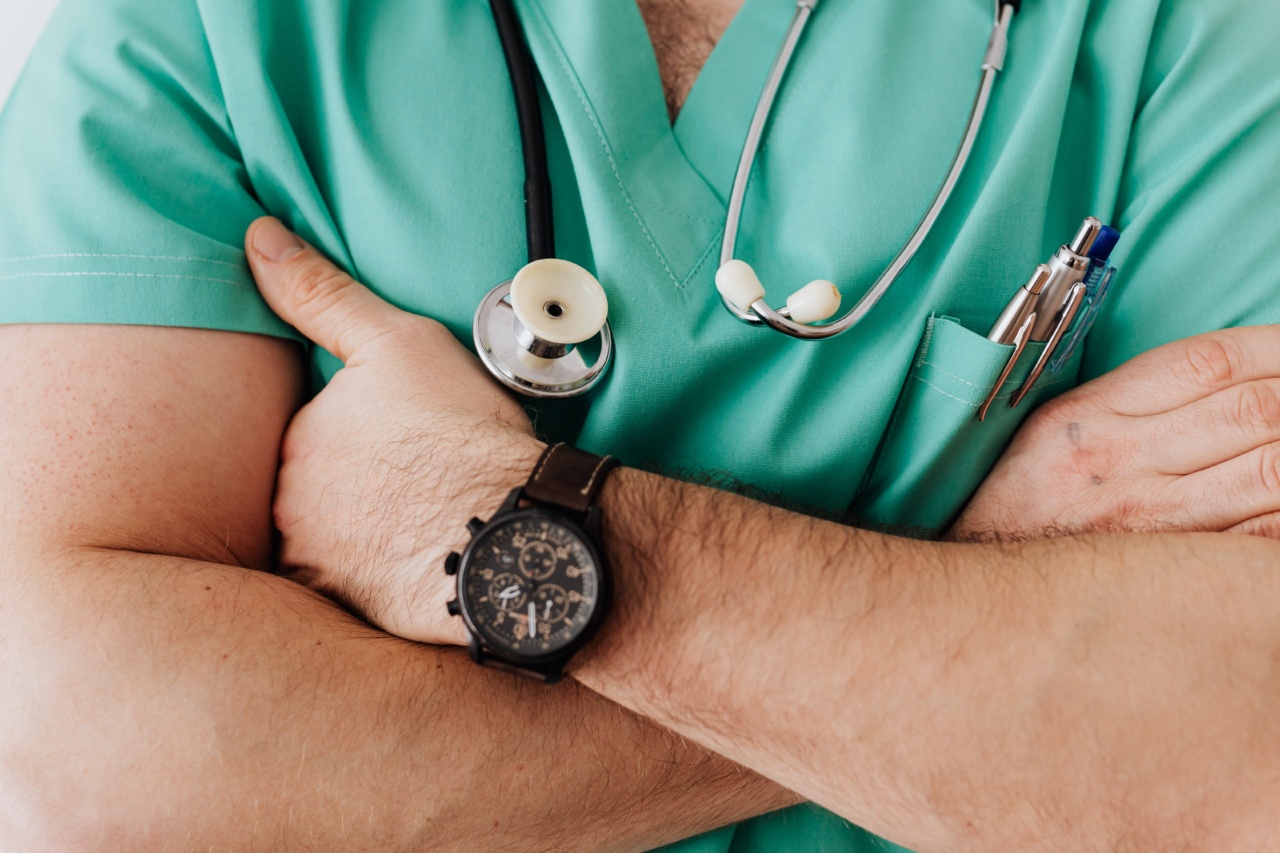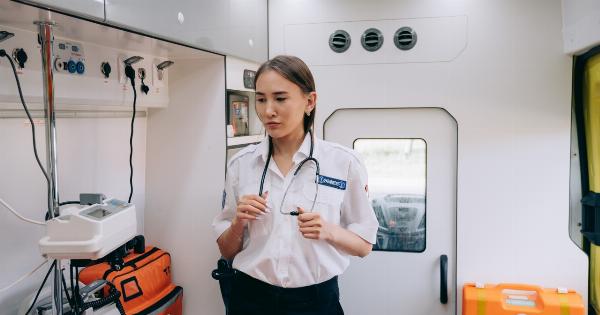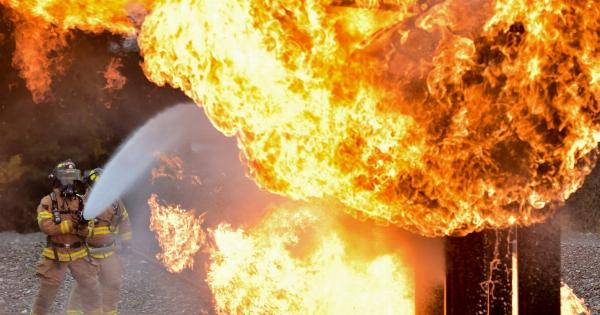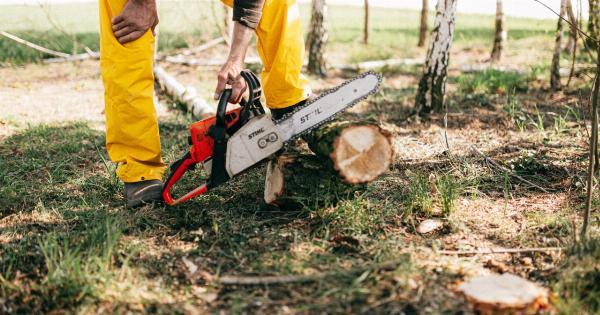Participating in a marathon is a thrilling and rewarding experience that tests an individual’s physical and mental endurance.
However, it is important to acknowledge and prepare for the potential medical emergencies that can occur during a marathon. Whether you are a runner, a spectator, or a race organizer, understanding how to handle these situations can make a significant difference in ensuring the safety and well-being of everyone involved.
In this article, we will discuss some common marathon medical emergencies and provide guidance on what actions to take.
1. Heat-Related Illnesses
Running a marathon in hot and humid conditions can put participants at risk of developing heat-related illnesses such as heat exhaustion or heat stroke. These conditions occur when the body fails to regulate its temperature efficiently.
What to Do:
– Move the affected individual to a shaded or cooler area. – Loosen or remove any restrictive clothing. – Provide cool water or sports drinks for rehydration. – Apply cool packs or wet towels to the neck, armpits, and groin to reduce body temperature. – Seek immediate medical attention if the symptoms worsen or do not improve.
2. Dehydration
Dehydration is a common issue during marathons, especially if runners fail to drink enough fluids before, during, and after the race. Severe dehydration can lead to dizziness, confusion, and even organ failure.
What to Do:
– Encourage the individual to drink plenty of fluids, preferably water or sports drinks. – Help them find a shaded area to rest. – Monitor their condition for signs of improvement or worsening. – Seek medical assistance if necessary.
3. Musculoskeletal Injuries
Marathons put significant stress on the musculoskeletal system, and injuries such as sprains, strains, and stress fractures are common. These injuries can occur due to overuse, improper training, or accidents during the race.
What to Do:
– Encourage the individual to stop running and rest. – Apply ice packs or cold compresses to the injured area to reduce swelling. – Help them elevate the injured limb if possible. – Bandage or immobilize the injured area, if necessary. – Advise them to seek medical attention for further evaluation and treatment.
4. Cardiac Events
Although relatively rare, cardiac events can occur during marathons. The extreme physical exertion and strain on the heart can trigger cardiac arrest or other heart-related emergencies.
What to Do:
– If the individual collapses and is unresponsive, immediately call for emergency medical assistance. – Begin performing cardiopulmonary resuscitation (CPR) if you are trained in it. – Follow the instructions given by the emergency response personnel. – Stay calm and provide any necessary information about the person’s condition.
5. Respiratory Distress
In some cases, athletes may experience respiratory distress during or after a marathon. This can be due to exercise-induced asthma, allergies, or other underlying respiratory conditions.
What to Do:
– Help the individual find a sitting or comfortable position. – Encourage slow and controlled breathing. – Determine if they carry any prescribed inhaler or medication and assist them in using it if necessary. – Monitor their condition and contact medical professionals if symptoms persist or worsen.
6. Overexertion and Exhaustion
Pushing the body to its limits during a marathon can result in overexertion and exhaustion. Signs of overexertion include extreme fatigue, dizziness, nausea, and confusion.
What to Do:
– Advise the individual to stop running and rest. – Help them find a cool and shaded area. – Provide water or sports drinks for rehydration. – Monitor their condition for any improvement or deterioration. – Seek medical attention if symptoms persist or worsen.
7. Hyponatremia
Hyponatremia is a potentially life-threatening condition caused by low sodium levels in the blood, often resulting from excessive fluid intake without adequate sodium replacement.
What to Do:
– Encourage the individual to stop drinking fluids and seek medical assistance. – In severe cases, immediate intervention may be required, including intravenous solutions to restore electrolyte balance.
8. Sudden Illness
It is not uncommon for individuals to experience sudden illnesses unrelated to the physical demands of the marathon. These can include allergic reactions, fainting episodes, or even seizures.
What to Do:
– Evaluate the situation for immediate threats to the person’s safety. – Make the individual comfortable by providing a safe space to lie down or sit. – If necessary, call emergency services and provide the relevant information regarding the person’s condition.
9. Blisters and Chafing
Blisters and chafing are common issues for marathon runners due to excessive friction and moisture buildup during long-distance running.
What to Do:
– Advise the individual to take a break and address the affected areas. – Clean the blisters or chafed skin gently with mild soap and water. – Apply bandages, gel pads, or appropriate ointments to protect the skin. – Encourage the use of moisture-wicking socks and properly fitted running shoes for prevention.
10. Mental Health Crises
Participating in a marathon can be emotionally and mentally challenging, potentially exacerbating pre-existing mental health conditions such as anxiety or depression.
What to Do:
– Offer emotional support and reassurance. – Encourage them to take a break, relax, and engage in calming activities. – If the situation worsens or presents an immediate danger, contact mental health professionals or emergency services.




























